Table of Contents
Fig trees have numerous benefits which are unknown to many people. Apart from being a good source of vitamins, it is a good source of calcium, manganese, iron, potassium, and many more. They are one of the ancient trees with a long history. They are also believed to bring luck, prosperity, and health to the place they are grown.
Fig trees can be grown in the house using the adequate techniques available and by taking proper care thereafter.
Ideal Conditions for The Growth of a Fig Tree [UK]
A fig tree in the UK grows well in summer trees under full exposure to sunlight and with slightly acidic or neutral soil conditions. The most favourable conditions for them to grow are hot and dry climates. They originated in southern Asia, where the climate is hot, favouring fig tree growth. A few varieties of fig trees uk include the Celeste fig tree, common fig tree, Chicago hardy tree, weeping fig tree, etc.
How to Propagate a Fig Tree
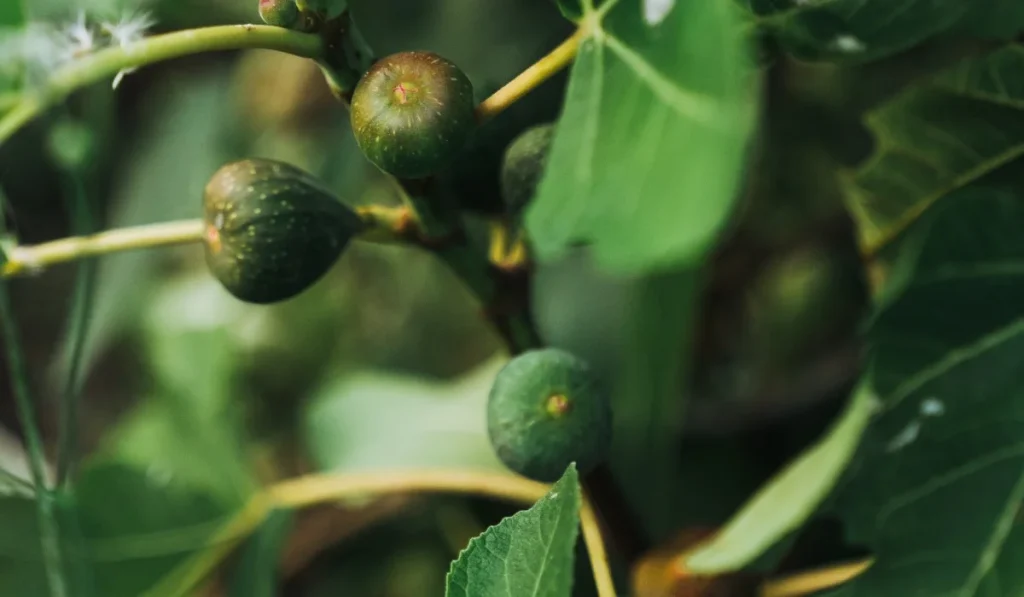
Though a fig tree in the UK grows best in warm climates, using suitable strategies, we can grow it even in cool climatic conditions. While planting the fig tree in the UK, there are a few things that need to be kept in mind for the tree to grow well, bear fruits and remain healthy. The very first thing that requires concern is the kind of fig tree you are planting. There are a lot of varieties of fig trees, each having distinctive characteristics such as their taste, level of sweetness, the colour of the flower, ripening season, etc.
To know the best fig tree in the UK for a particular area, it is advised to consult an expert. He will suggest the fig tree that can be grown in the soil along with other details like its water requirements, soil requirements, etc. A fig tree in the UK will best grow when planted in the spring season. This will help it to grow and establish itself fully. They should be grown in a warm and sheltered spot to allow healthy growth.
Here are a few methods by which we can propagate a fig tree at home easily. These methods include:
1. By Hardwood Cuttings
It is an easy and definitive method for propagation and is followed by many people to propagate the fig trees. In this method of fig tree in the UK propagation, the cutting should take the base below the buds or pair of buds. Take a cutting of a younger stem as it will be able to propagate a healthy plant. Use sharp trimmers orscissors to take the cuttings.
The cuttings should be taken in winter when the cuttings are dormant. Cuttings should be stored in the fridge sealed in a plastic bag to retain the moisture until spring arrives.
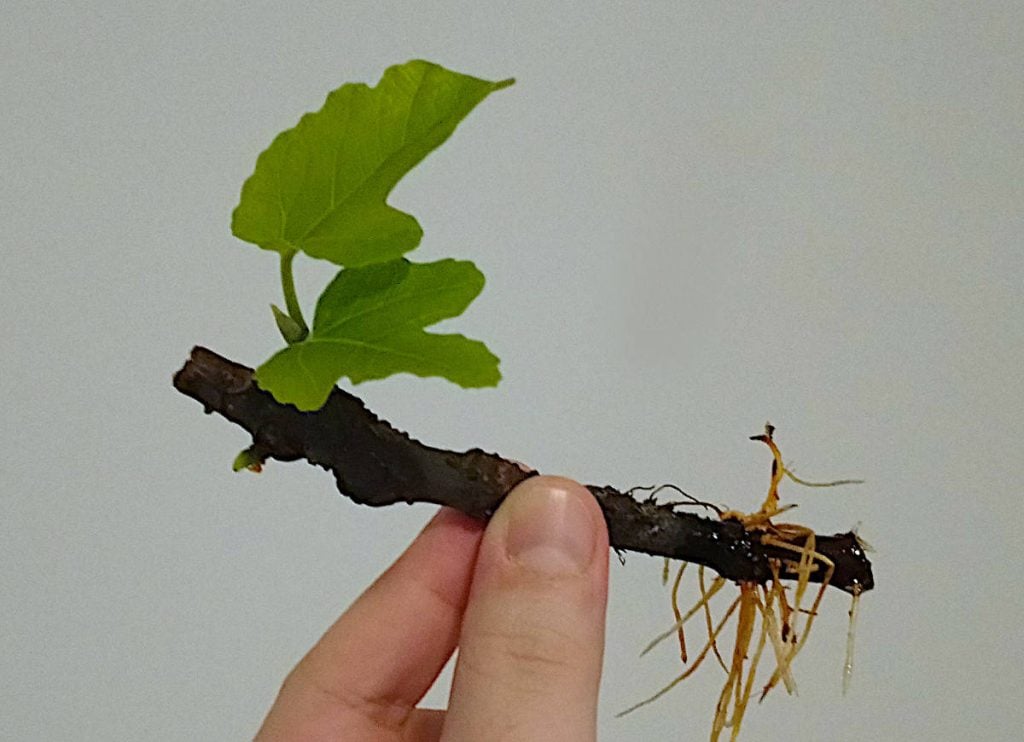
If possible, dip the cutting into a hormone-rooting compound. Else place it directly in well-drained soil rich in organic content. This will aid the rooting process. Once April arrives, you can place the cuttings in the soil with one-third of the stem exposed to the atmosphere. The roots will grow from the stem cutting after a few months. Water the plant regularly, and then the new plant will sprout from the stem. To be on the safe side, take a stem with more than 5-6 shoots. Until the rooting process begins, keep the plant in the shade to assist with the rooting process.
2. Layering
The steps involved in this process are similar to the stem-cutting process. The only thing that is different is that, in the process, the stems are not isolated from the parent plant. It is best for beginners and takes 2-3 months for successful completion. The propagation technique involved for fig trees can be done by both ground or air layering. It is suitable for plants whose stems can be easily bent to the ground without breaking.
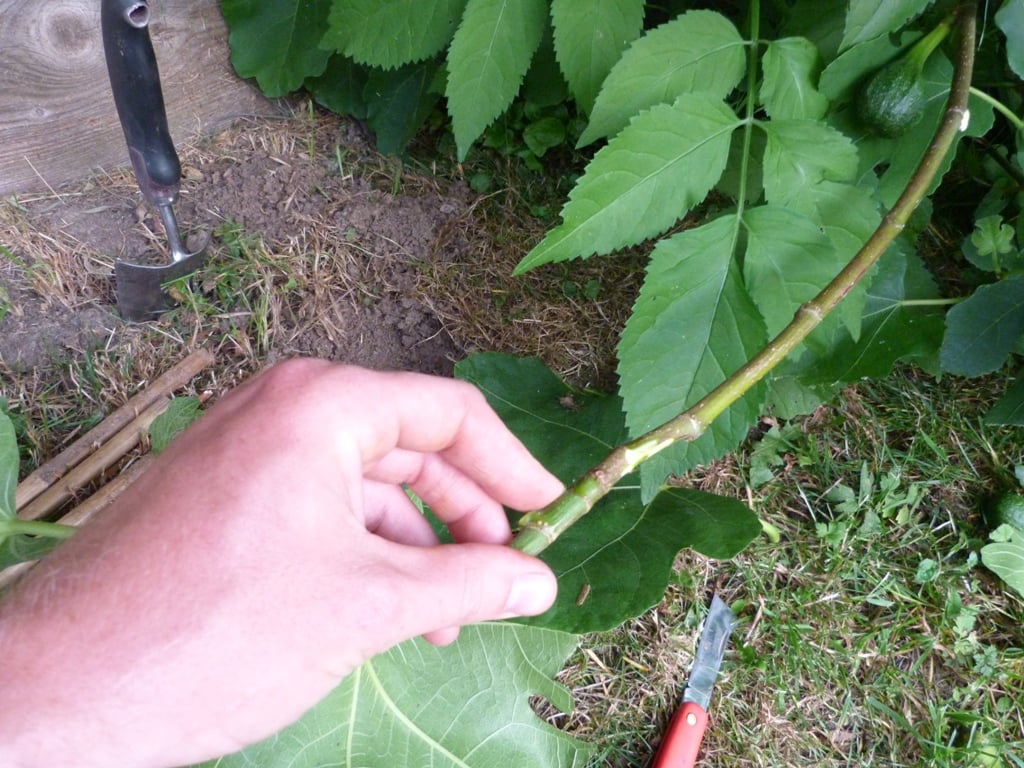
In-ground layering, the stem is bent to the ground and then covered with soil rich in organic content, such as peat. While in the air, layering roots can grow from the stem above the ground. Propagation in this kind of soil will ensure that the stem gets enough moisture content so that new roots can sprout from the existing plant. The temperature favourable to carry out the process is 25 C. Once you see new roots sprouting from the layered part, you can isolate them from the base plant. It is beneficial when you want a controlled growth of fig trees uk.
3. Propagation Through Water
Though this is a little complicated process, the plants which are grown from this method have higher chances of survival than the other methods. To initiate the process, stems are cut from a healthy fig tree in the UK. The stem cutting should have at least 4-5 nodes to be on the safe side.
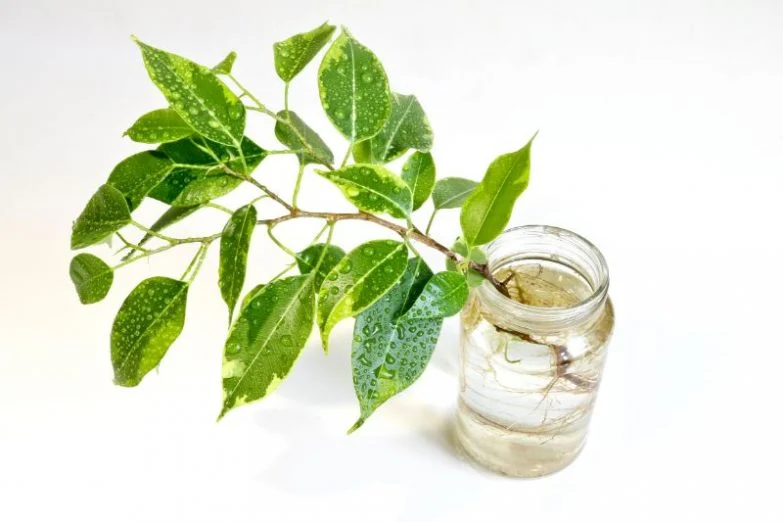
In this process, the cuttings are first kept in water for some time. The stem should be carefully placed in the water, so make any mark to remember that you do not place the stem upside down in the water. They should be kept in the water in such a way that a minimum of 2 nodes are submerged in the water constantly. During this time period, change the water within a fixed interval, mostly within a week, to prevent root rot.
As soon as you observe healthy roots popping out from the stem cutting, it is ready to be transplanted into the soil. While transferring the stem, first fill the pot up to a certain height and then keep the stem upright and pour the soil up to the top. While planting the stem in the soil, you again need to be cautious about placing the stem correctly; else, all the hard work will go in vain.
4. Indoor Propagation
This is done by planting the cutting in the pot instead of planting it in the soil. While planting the fig tree in the UK, special attention should be given to the pot size. The pot size should be nearly twice the size of the root balls. The pot should also have drainage holes to prevent the accumulation of water in the pot. This can lead to root rot.
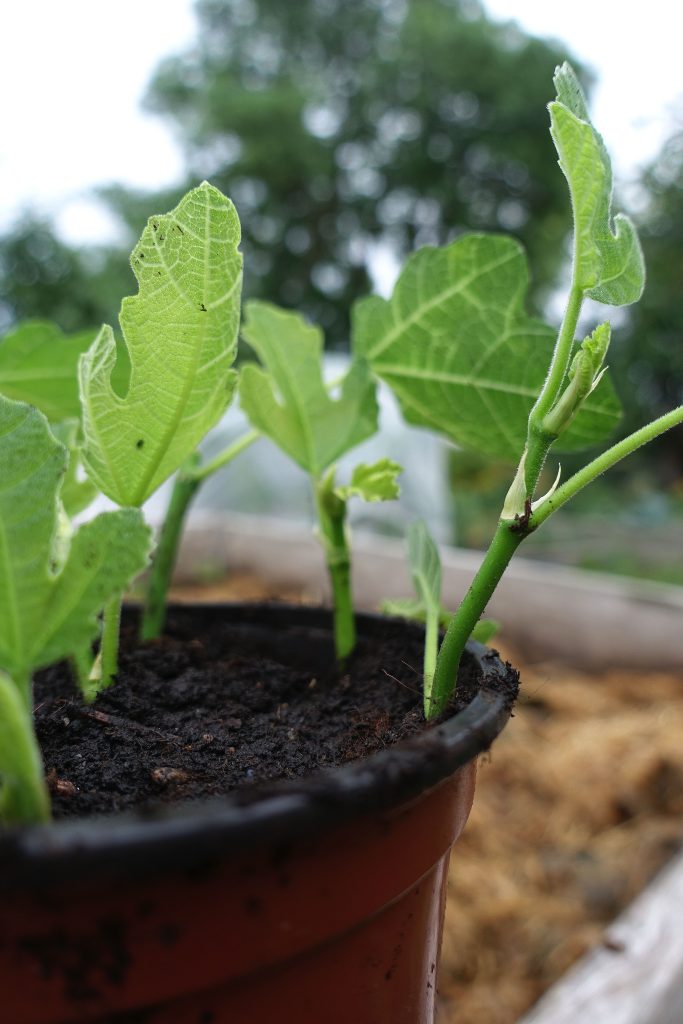
For the favourable growth of the plant, it should be filled with potting soil or sand. The pot should then be placed in a warm, bright space but not directly exposed to sunlight. Even though the fig tree in the UK is a sun-loving plant, still for it to propagate, it is advised to avoid sunlight exposure for the roots to grow from the stem cutting.
Water the stem cuttings regularly to keep them moist. You can keep the plant indoors during winter to protect them from frost. When you observe good growth of the plant, you can either plant the fig into a bigger pot or in the soil as per your choice. Further steps involved in indoor propagation are similar to root propagation using water.
How to Care for Fig Trees in the UK
Following are the few steps that should be taken to ensure the well-being and longevity of the fig tree in the UK.
1. Water Regularly
Water is the most essential element required for the plant’s survival. For the fig tree in the UK to grow well, it is important to water them regularly, especially the ones which are planted in the drier area. Fig trees whose growth is restricted or are grown in pots require more water than normal trees.
2. Pruning
To prevent a fig tree in the UK from diseases, it is essential to prune it regularly using sharp scissors or trimmers. Pruning helps to remove the dead and diseased parts of the plant and will also assist in the growth of healthier plants. Fig trees require pruning specifically during the dormant season, so ensure that they are trimmed during that time.
3. Mulching
Mulching is required in case the fig tree in the UK has weeds. Weeds are detrimental to the health of the plants, so they should be removed as soon as possible. Mulching also prevents the escape of moisture from the roots of the plants. Material such as grass needles, pine leaves etc., can be used to mulch the fig trees.
4. Fertilization
Just like any other plant, the fig tree in the UK also requires fertilization for full growth of the plant. If the plant isn’t growing, then either nitrogen-rich or potassium-rich fertilizer can be used. The nitrogen dose can be divided into 3-4 doses and should be applied in late winter or midsummer end.
5. Repotting the Indoor Plant
Plants that are planted in the pots require more care and attention than the ones planted in the soil directly. Fig plants need to be repotted after a few years to promote their growth. While repotting the plant, the plant should be repotted in a pot bigger than the previous one.
6. Protection from Winter
A fig tree in the UK grows well in warm conditions. The plants grown in cooler temperatures need to be protected from frost; otherwise, they can die. Hence they need more attention during the winter season. For this, you can wrap the tree with an insulation coating to prevent the escape of heat during the winter season.
7. Select a Suitable Spot for Placing the Plant
Even if you water and feed your plant, there are still chances that the plant might not survive. This will happen if the plant is not placed in a suitable place. For a fig tree in the UK to survive, it should be placed at a spot where it receives ample sunlight throughout the year so that water doesn’t accumulate in the roots of the plant.
8. Drainage Condition
The soil in which the plant is grown should allow water to pass through it. If water is not able to escape, it will cause root rot. This will ultimately lead to the untimely death of the poor plant. To avoid this, ensure that the soil has a passage to remove the excess water and the potted fig tree has drainage holes.
Conclusion
A fig tree in the UK is a small shrub or a tree that can be grown in the house. It is a potassium and calcium-rich plant with other benefits too. It can be easily cultivated using methods such as propagation through stems, water propagation, and indoor propagation.
For the plant to stay healthy and long-lived, it is important that it receives proper care and attention timely. The plant should be fed with proper food and pruned regularly to make the plant disease free.
By taking all the necessary precautions, we can ensure that the plant will bloom for longer.

![Learn How to Grow and Care for Figs Tree with These Tips [UK]](https://www.thearches.co.uk/wp-content/uploads/How-To-Grow-Care-For-A-Fig-Tree.jpeg)



